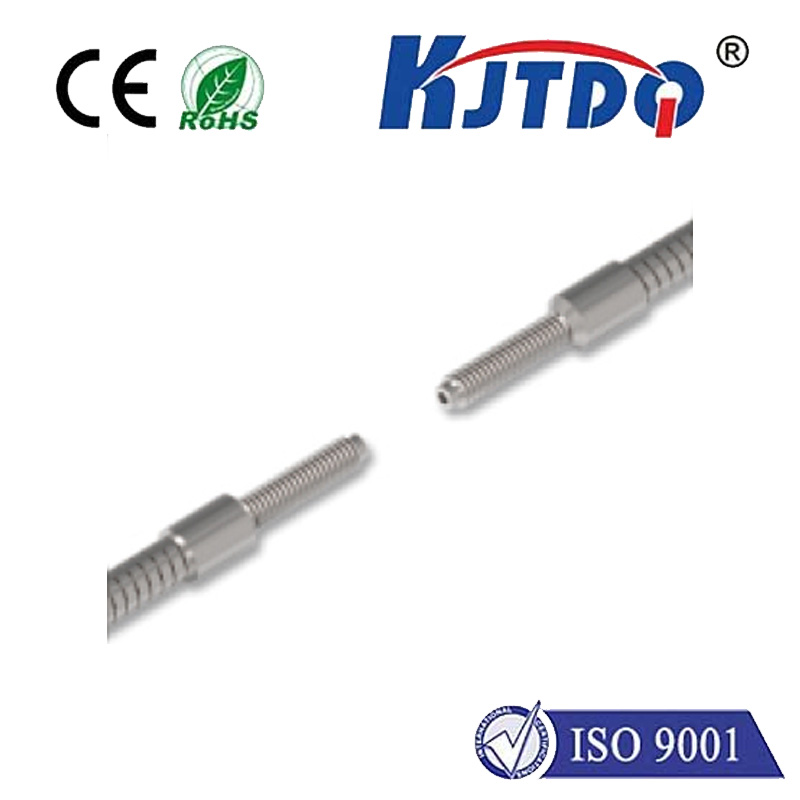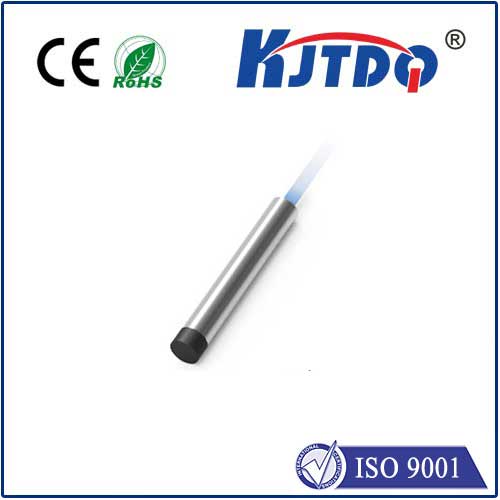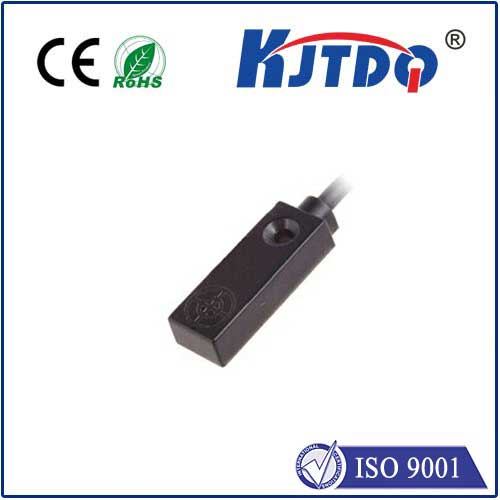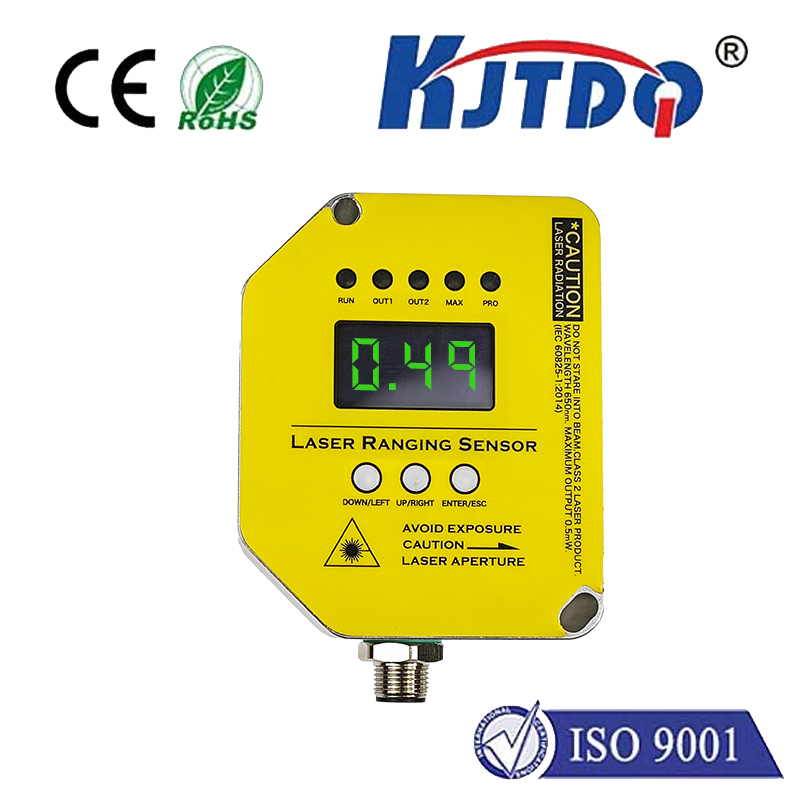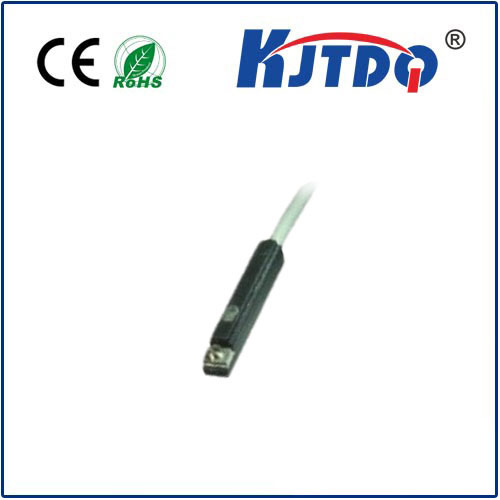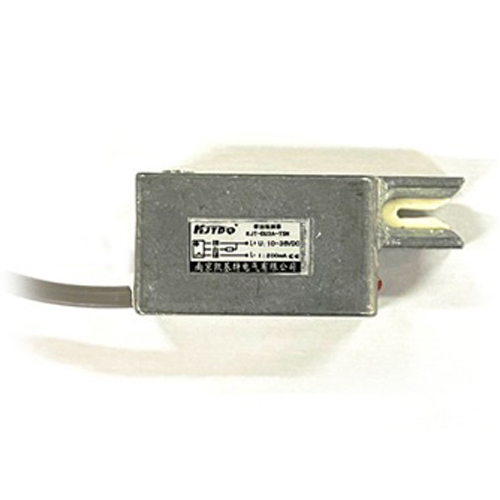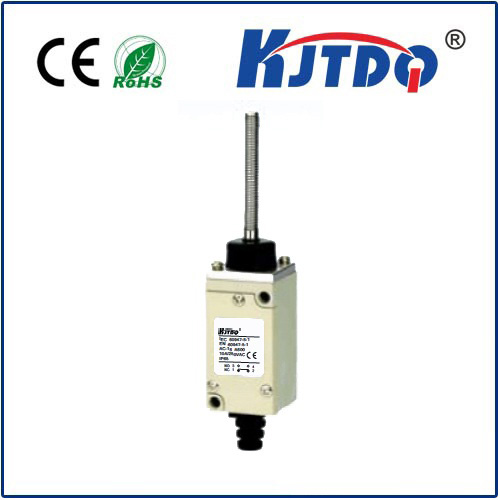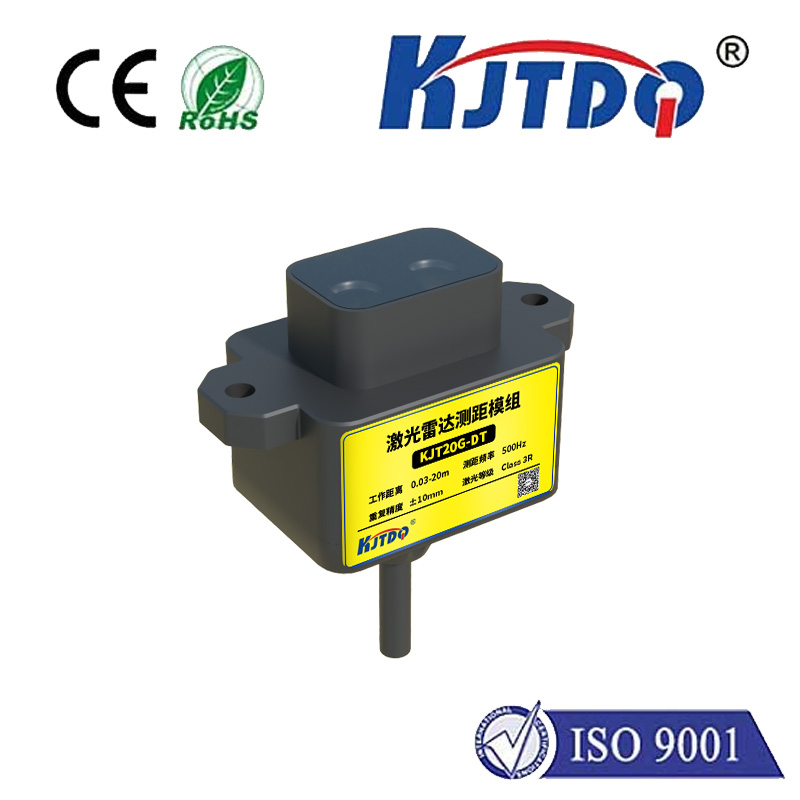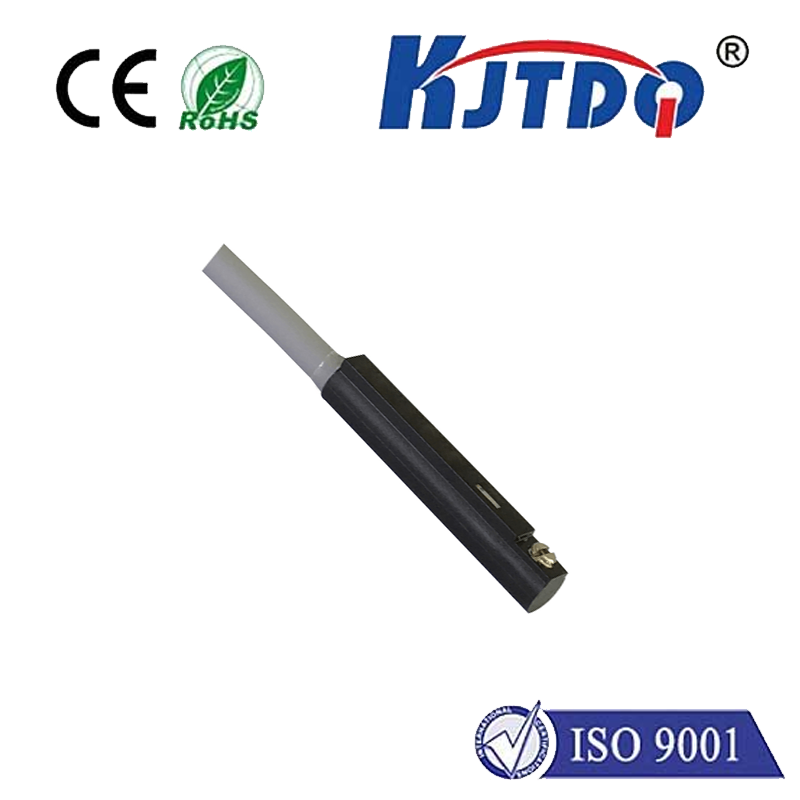E2E-X10ME1-M1-Z proximity sensor
- time:2025-09-24 03:49:44
- Нажмите:0
Demystifying the Omron E2E-X10ME1-M1-Z: Your Essential 10mm Sensing Distance Proximity Sensor
Ever faced production hiccups due to unreliable metal detection? Or needed a compact, robust sensor for tight spaces in demanding environments? If precision and durability in sensing metallic objects are non-negotiable for your application, the Omron E2E-X10ME1-M1-Z inductive proximity sensor warrants serious consideration. This unsung hero of industrial automation packs significant capability into a small package, offering consistent performance where it matters most.
Understanding the E2E-X10ME1-M1-Z: The Name Decodes the Features
Let’s break down this model number to understand its core identity:

- E2E: Signifies Omron’s standard cylindrical inductive proximity sensor series, renowned for reliability.
- X10: The critical specification – a rated sensing distance of 10mm. This is the benchmark distance at which it can reliably detect a standard iron target.
- M: Indicates a shielded (flush-mountable) design. This allows installation flush with surrounding metal surfaces without significant degradation in sensing range, ideal for constrained spaces.
- E1: Specifies the electrical configuration: DC 3-wire, PNP switching output (sourcing), and Normally Open (NO) contact logic. When a target enters the sensing field, the output switches ON (conducts).
- M1: Denotes the M12 size connector.
- Z: Indicates a pre-wired cable version.
Core Function: Inductive Sensing Magic
The E2E-X10ME1-M1-Z operates on the fundamental principle of electromagnetic induction. Its sensing face contains a coil energized by an oscillator, generating an alternating electromagnetic field. When a metallic target (ferrous metals like iron or steel, or non-ferrous like aluminum, brass, or copper) enters this field, eddy currents are induced within the target. These currents absorb energy from the oscillator circuit, causing its amplitude to decrease. An integrated evaluation circuit detects this amplitude reduction and triggers the sensor’s solid-state PNP output to switch state.
Key Specifications & Build: Engineered for Performance
- Sensing Distance: 10mm (Rated). Actual sensing distances can vary slightly depending on the target material, typically ranging between 8mm (Copper) to 11mm (Iron), offering versatile coverage.
- Output Configuration: PNP, 3-Wire, Normally Open (NO). This sourcing output simplifies integration with common PLC inputs and control systems expecting a positive voltage signal upon detection.
- Housing & Size: Robust, threaded cylindrical stainless steel housing (typically M18 x 1 thread). The shielded (M) design ensures reliable performance even when mounted in metal brackets or panels.
- Connection: Integrated cable with M12 connector (M1-Z designation), facilitating quick, secure, and standardized connections. The cable offers protection against strain and simplifies maintenance.
- Environmental Protection: Exceptional IP67 rating ensures resistance to dust ingress and protection against the effects of temporary immersion in water (up to 1m depth for 30 minutes). This makes it suitable for harsh industrial environments, including washdown areas in food & beverage or exposure to coolants in machining.
- Electrical Ratings: Operates on a wide 10-30 VDC supply voltage. Features short-circuit protection (Brown-out) and reverse polarity protection, enhancing operational safety and longevity. A status LED provides visual indication of power and output state.
- Speed & Response: High switching frequency capability, enabling detection of fast-moving targets on production lines or conveyors.
- Resilience:Характеристикиhigh resistance to electrical noise, Вибрация, and shock, ensuring stable operation in electromagnetically challenging or mechanically demanding settings.
Why Choose the E2E-X10ME1-M1-Z? The Standout Advantages
- Reliable 10mm Detection: A versatile sensing range suitable for numerous positioning, counting, and presence verification tasks involving metal objects.
- Shielded Design Flexibility: The M (shielded) characteristic is crucial. It allows installation embedded within metal machine frames or structures without losing significant sensing range, solving a common limitation of unshielded sensors.
- Robustness & Protection: The stainless steel body and IP67 sealing provide outstanding defense against dust, moisture, oil, coolants, and mechanical impacts, leading to minimal downtime.
- Simplified Integration: The 3-wire PNP NO (E1) output is widely compatible, and the pre-wired M12 connector (M1-Z) drastically reduces installation time and complexity compared to hard-wired versions. Plug-and-play connectivity is a major plus.
- Omron Quality: Backed by Omron’s reputation for precision, reliability, and durability in industrial components.
Typical Applications: Where the E2E-X10ME1-M1-Z Excels
This sensor finds its home in countless industrial scenarios requiring robust, non-contact metal detection:
- Machine Tooling: Position verification of metal workpieces in lathes, mills (tool presence/absence), CNC machines (part clamping confirmation), and robotic arms (end effector positioning).
- Automated Assembly Lines: Counting metallic parts on conveyors, verifying component presence before assembly operations, detecting piston positions in cylinders.
- Перевозка материалов: Confirming the presence of pallets, metal containers, or racks. Detecting metal parts for sorting.
- Packaging Machinery: Monitoring positions of metal components within packaging systems.
- Automotive Manufacturing: Detecting metal components throughout the production process, from engine blocks to chassis parts.
- Food & Beverage Processing (Suitable Parts): Position sensing on stainless steel machinery where environmental durability (IP67) is paramount.
- General Industrial Automation: Any application requiring reliable, non-contact detection of metal objects within a 10mm range in potentially dirty or wet conditions.
Installation & Operation Considerations
- Mounting: Utilize its M18 threading for secure mounting via locknuts. Ensure the target approaches the sensor face perpendicularly for optimal performance and consistent sensing distance.
- Flush Mounting: Thanks to its shielded (M) nature, mounting it flush into metal is generally acceptable. However, consult the datasheet for any specific minimum clearance requirements for the target side, especially for non-ferrous metals.
- Wiring: Connect the Brown wire to positive DC supply (+V), the Blue wire to negative DC supply (0V), and the Black wire (PNP output) to your PLC input or load. Reverse polarity protection guards against mistakes, but correct wiring is always best practice.
- Target Material: Remember, sensing distance varies with target material type, size, and shape. Adjust positioning accordingly if switching between ferrous and non-ferrous metals. Use the sensor’s tuning capabilities or calibrate for critical applications.

